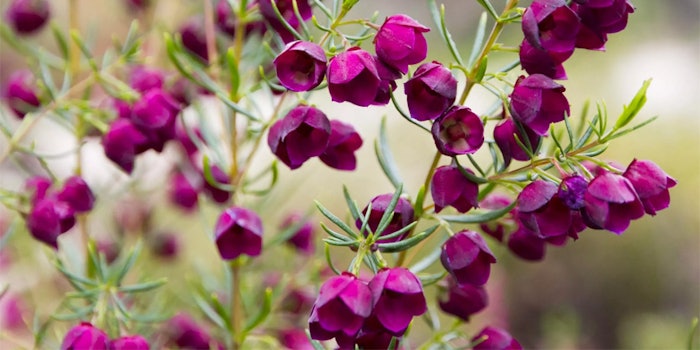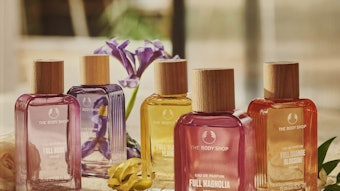
Australia is one of the most ecologically diverse places on the planet. As one might expect, many of the species that inhabit Australia cannot be found anywhere else, and have thus become uniquely valuable to international markets. One such species is Boronia megastigma, also known as “brown boronia” or “sweet-scented boronia.” This remarkably fragrant bush is endemic to Western Australia and enjoyed relative obscurity in the region’s coastal forests up until the 19th century, when European botanists first became enamored with the plant. Boronia quickly developed a reputation in the flavor and fragrance industry for its pleasant odor and useful chemical composition. This interest eventually led to the creation of boronia concrete, which was then further refined into the luxurious “boronia absolute.” The new Australian gold rush was born.
Boronia is an extremely labor-intensive material to produce. Just one kilo of boronia concrete requires hundreds of thousands of flowers, all delicately hand-plucked by harvesters. This is due to the plant’s low oil yields; less than 1% of the total weight harvested is transformed into concrete, which is then further reduced to produce the absolute. While this may seem like an inordinate amount of effort, the end result is more than worth it. Boronia absolute is one of the only floral extracts to contain natural ionones, primarily α-ionone and β-ionone, which are staple components of high-class perfumery and flavor. The aroma of α-ionone is warm, sweet and woody, often compared to the scent of violet. β-Ionone is similarly warm, though it retains a dry and somewhat fruity undertone reminiscent of raspberries or cedarwood. These are particularly vital components of berry-related flavorings, though the material’s tenacity and aromatic complexity also makes it invaluable in perfumery applications. Demand for boronia was once so massive that the plant nearly went extinct. It wasn’t until the late 1970s that boronia was introduced to the island of Tasmania to stabilize production, where it quickly became a staple botanical of the region.
Yet, despite these remarkable qualities, boronia absolute seems to have fallen off the palettes of many perfumers over the previous decade. Other industry luminaries recognize the material’s beauty, yet it no longer stands alongside the likes of rose and sandalwood. Some have blamed boronia’s extremely long turnaround time, while others hold a three-year shortage in the 1990s responsible. But intense production cycles and temporary shortages have done little to dull excitement for other staples of our industry. Put simply, boronia absolute seems to have reached a disconnect with modern perfumers. The material is still a popular component of many flavorings, albeit only in trace amounts, yet it is all but absent within the realm of fragrance. To relegate an ingredient as unique and historic as boronia to the annals of obscurity would be an absolute tragedy. Boronia held its own in our industry for over two centuries. Berjé is confident that, if given the chance, it can reclaim its position as one of the world’s most luxurious and aromatically-complex components of both flavor and fragrance.
Disclaimer:
The above paid-for content was produced by and posted on behalf of the Sponsor. Content provided is generated solely by the Sponsor or its affiliates, and it is the Sponsor’s responsibility for the accuracy, completeness and validity of all information included. Global Cosmetic Industry takes steps to ensure that you will not confuse sponsored content with content produced by Global Cosmetic Industry and governed by its editorial policy.










